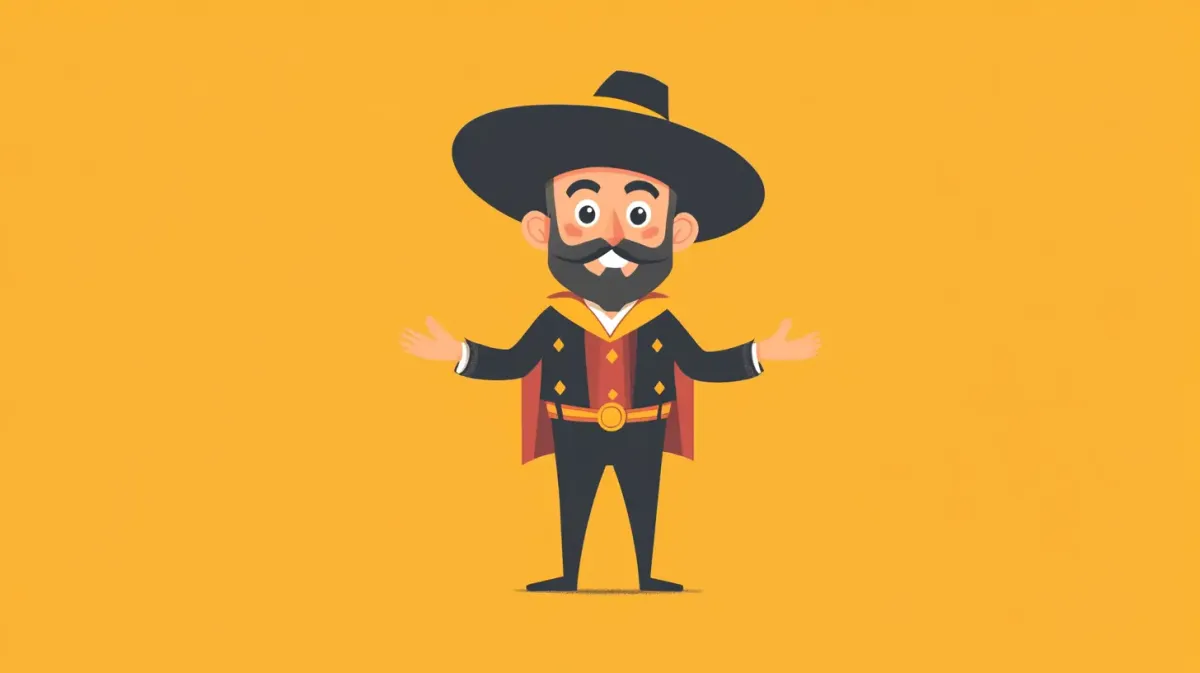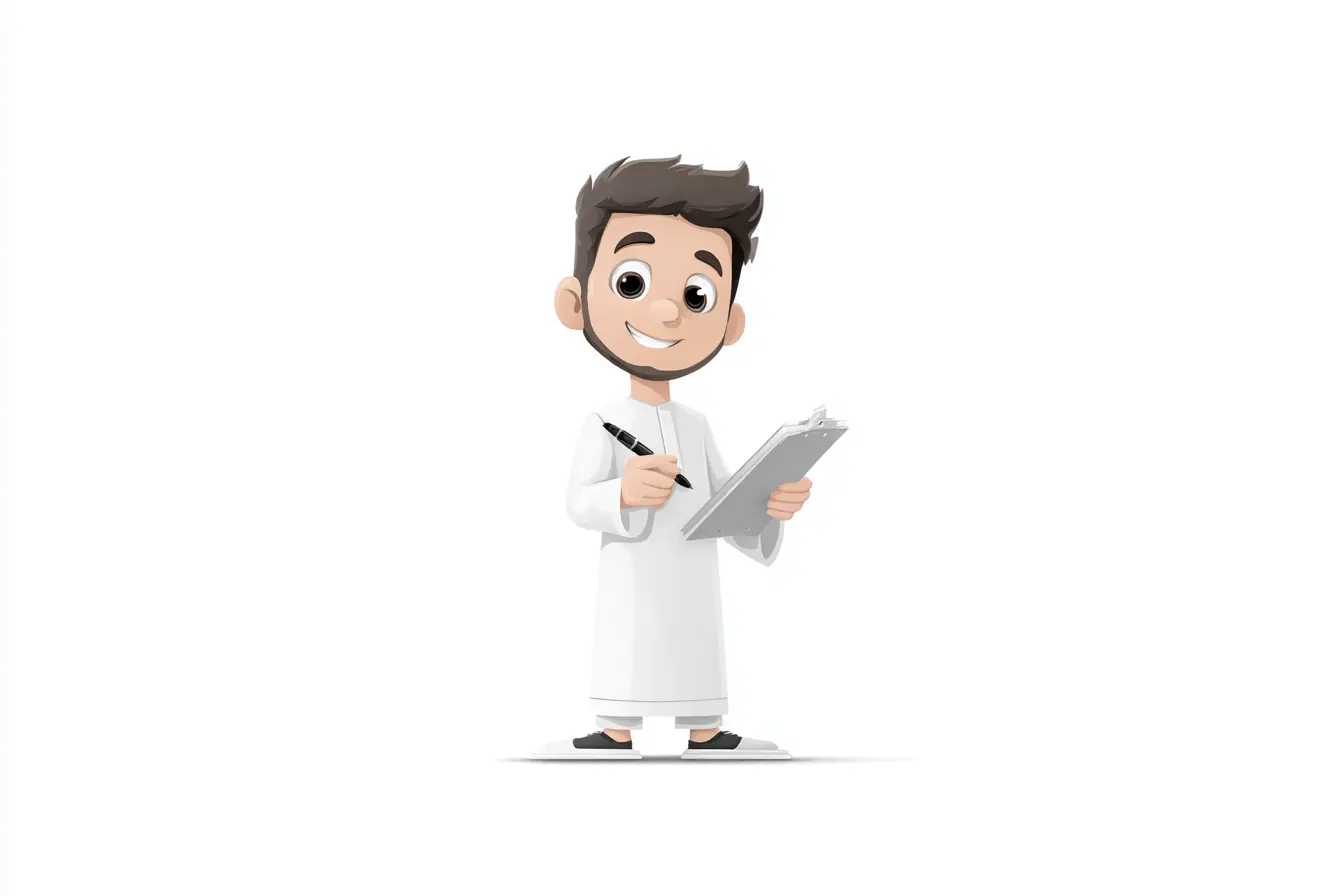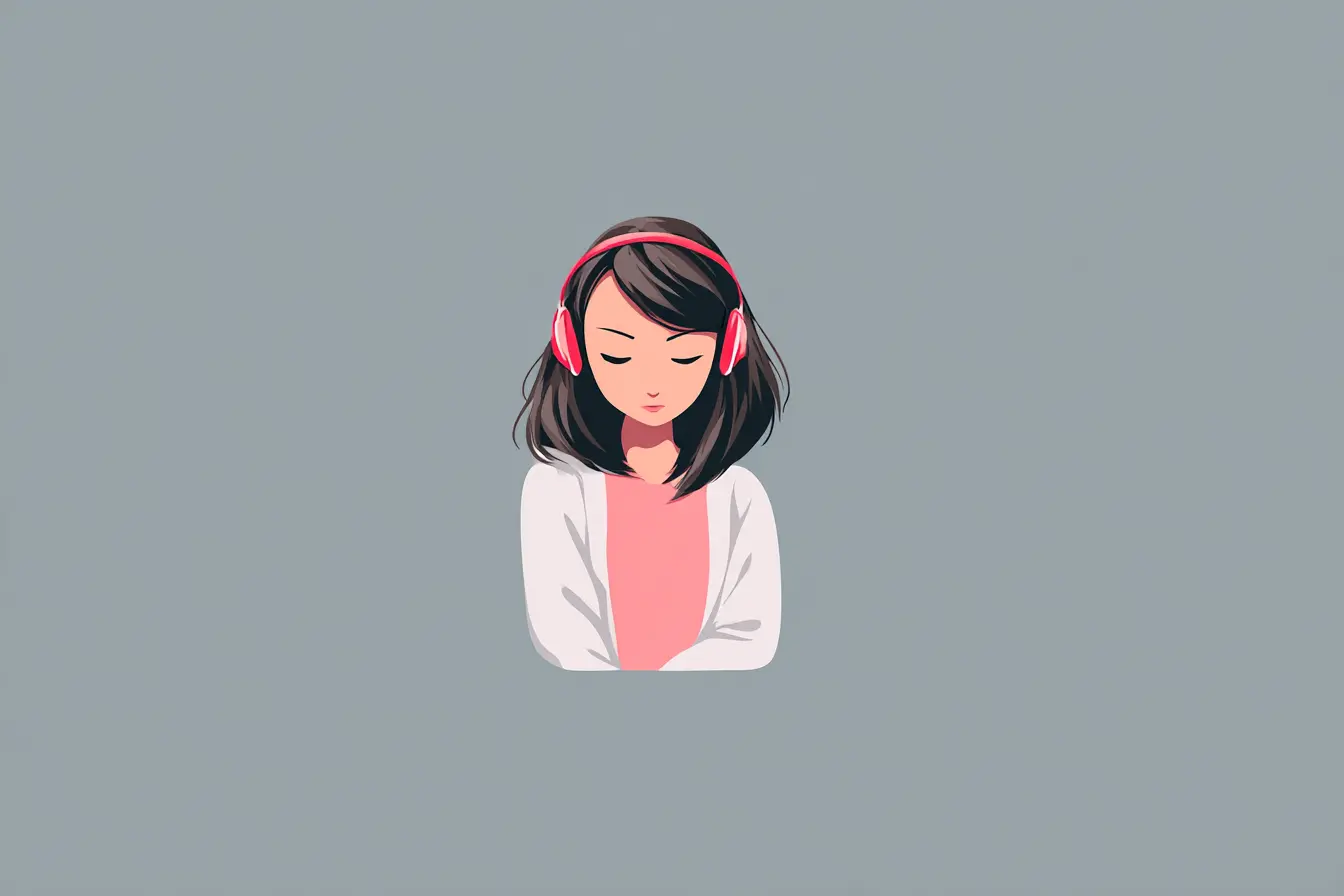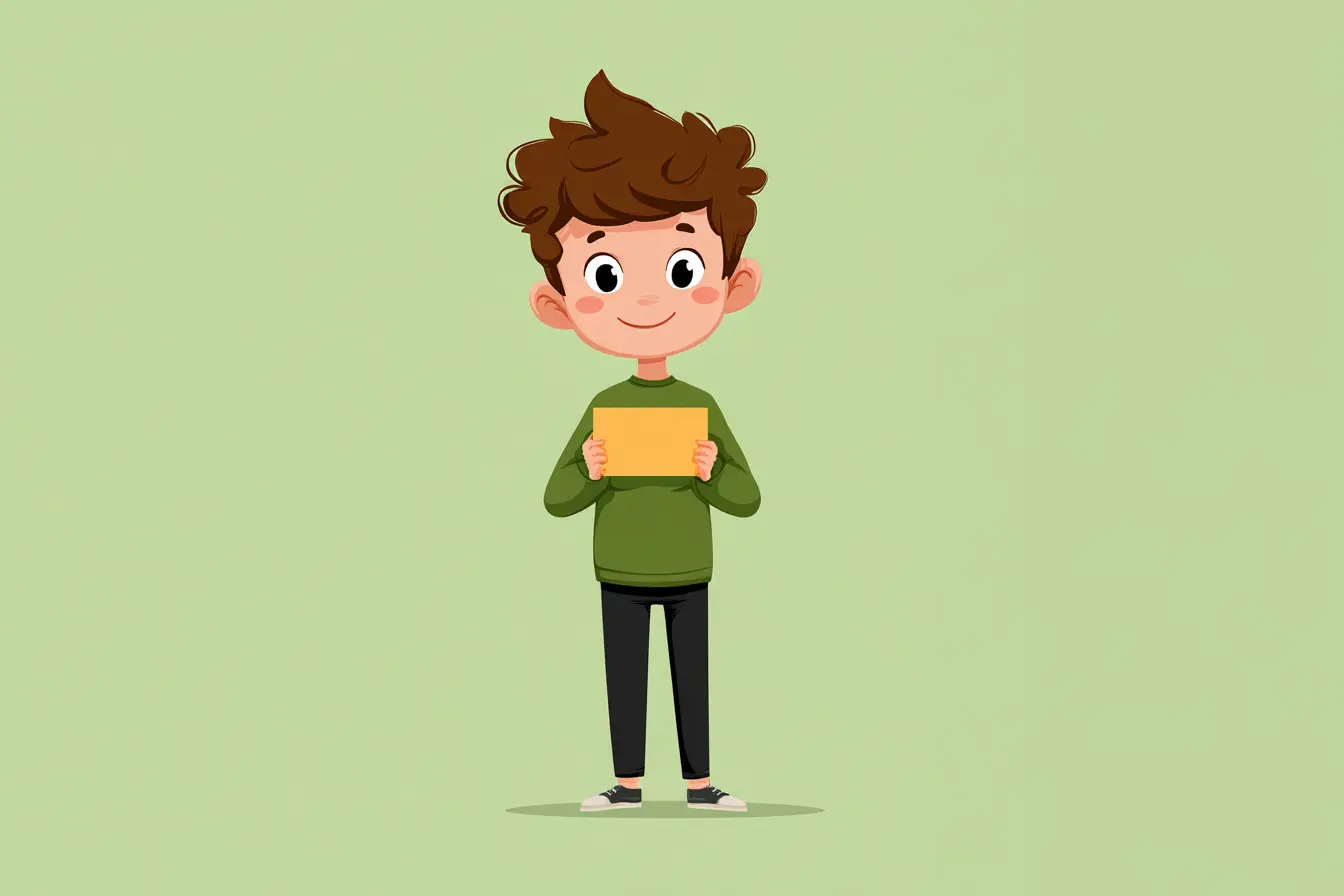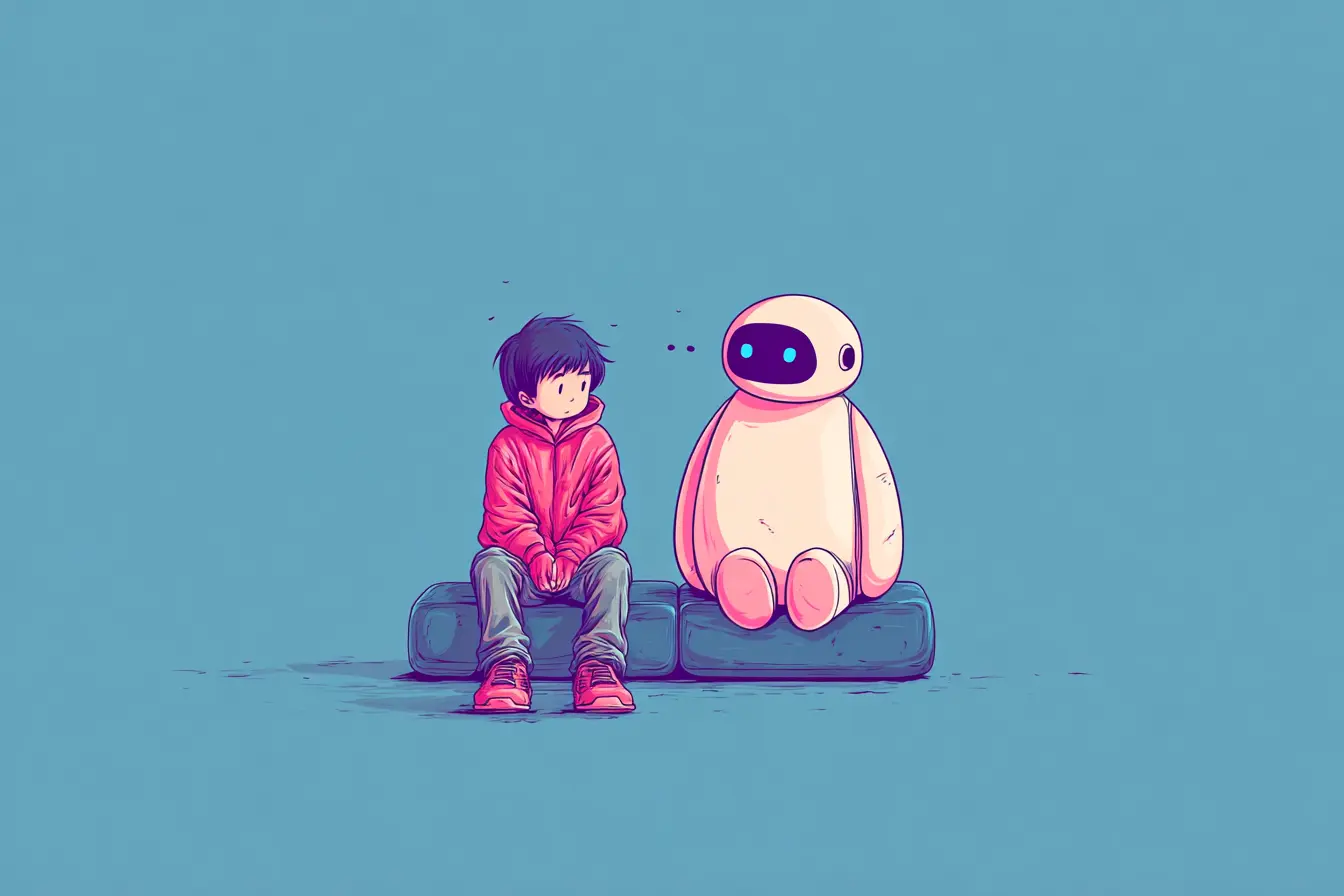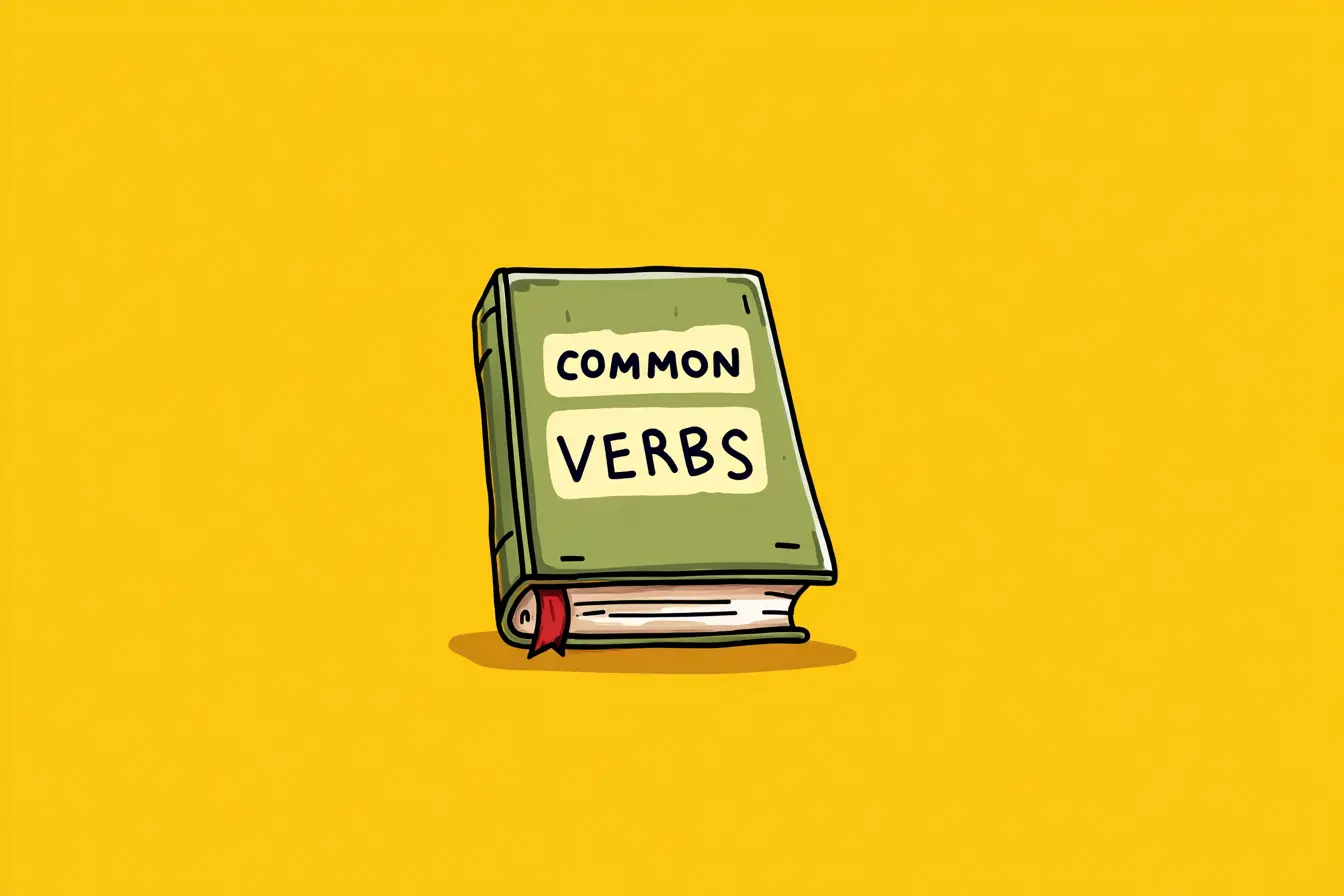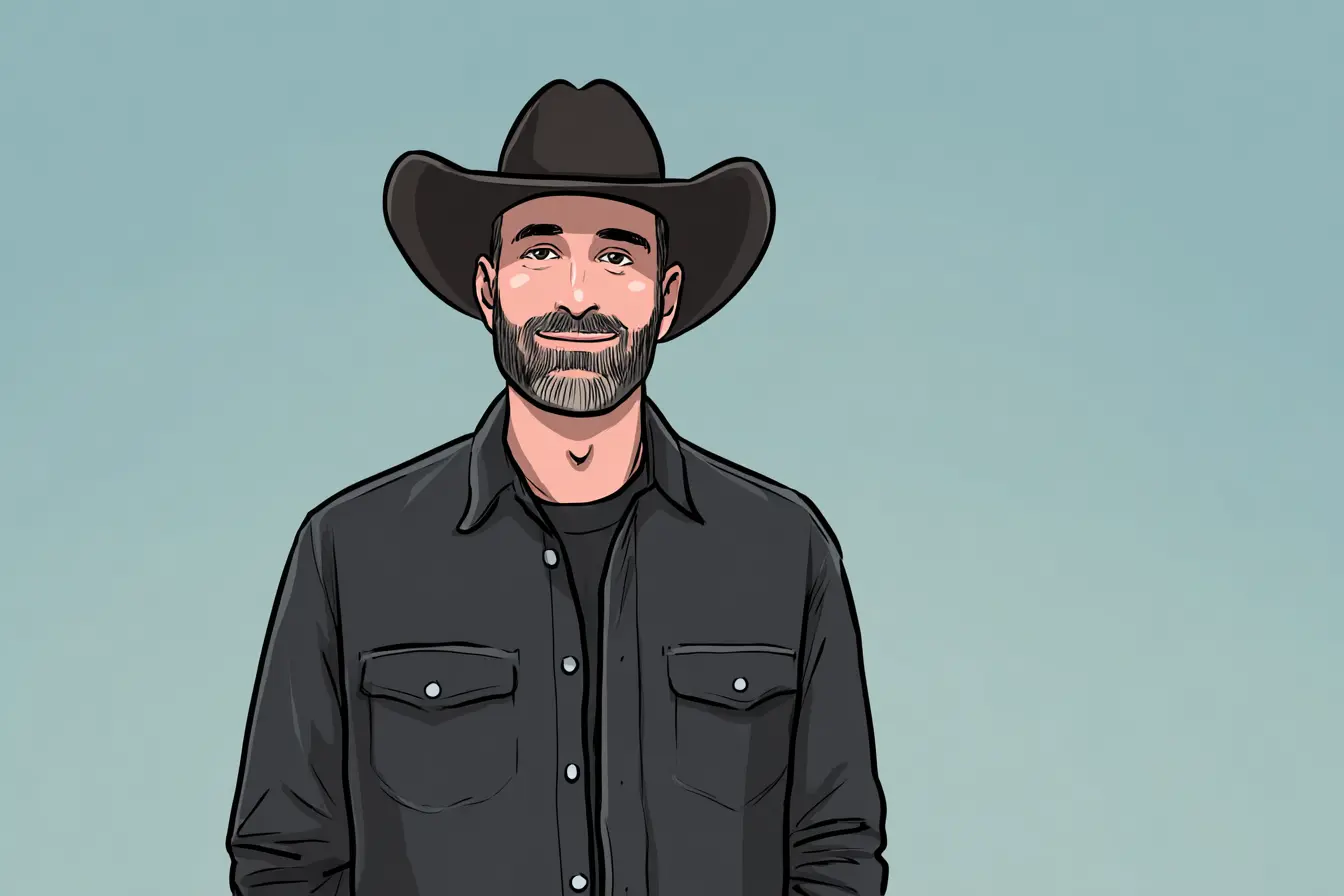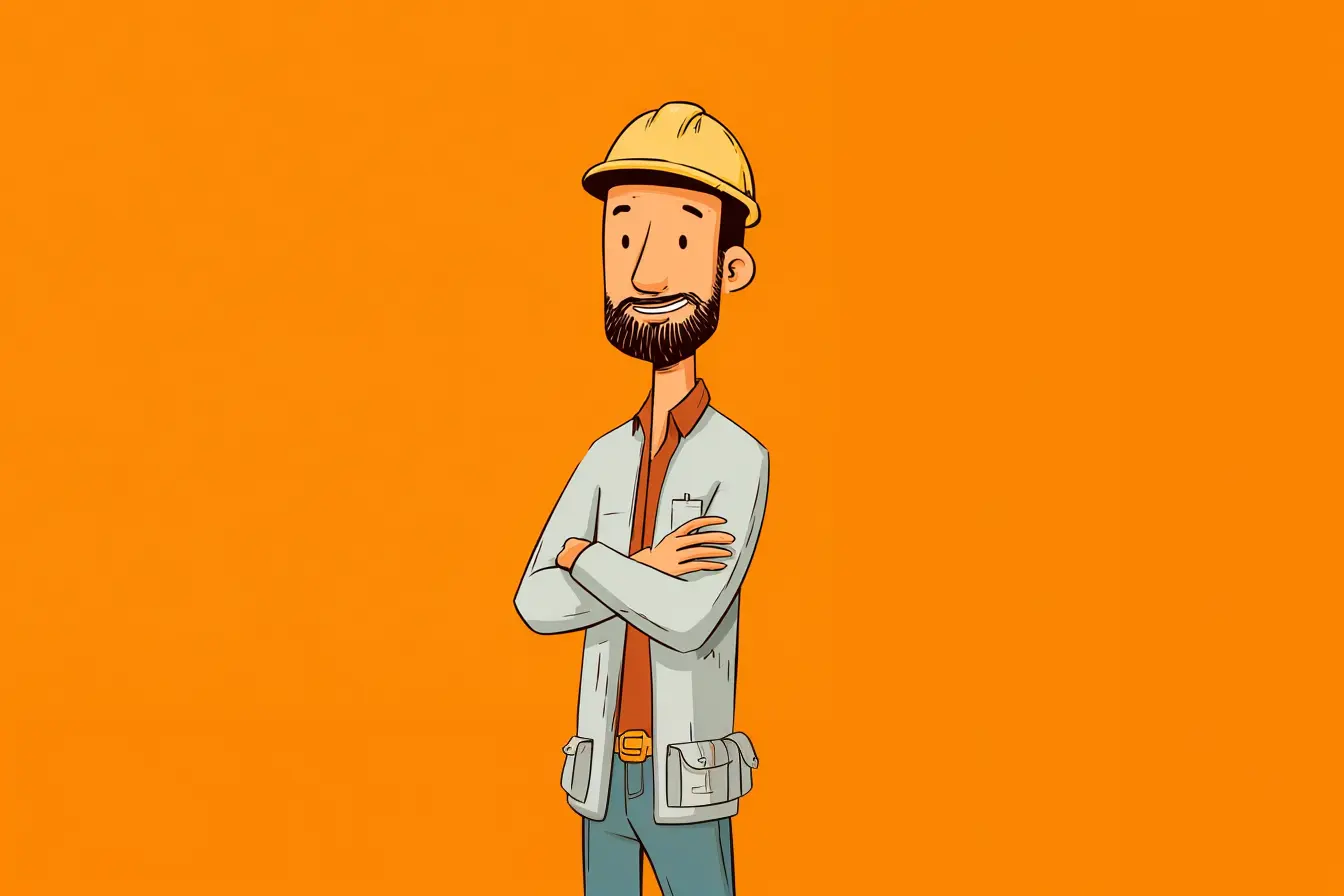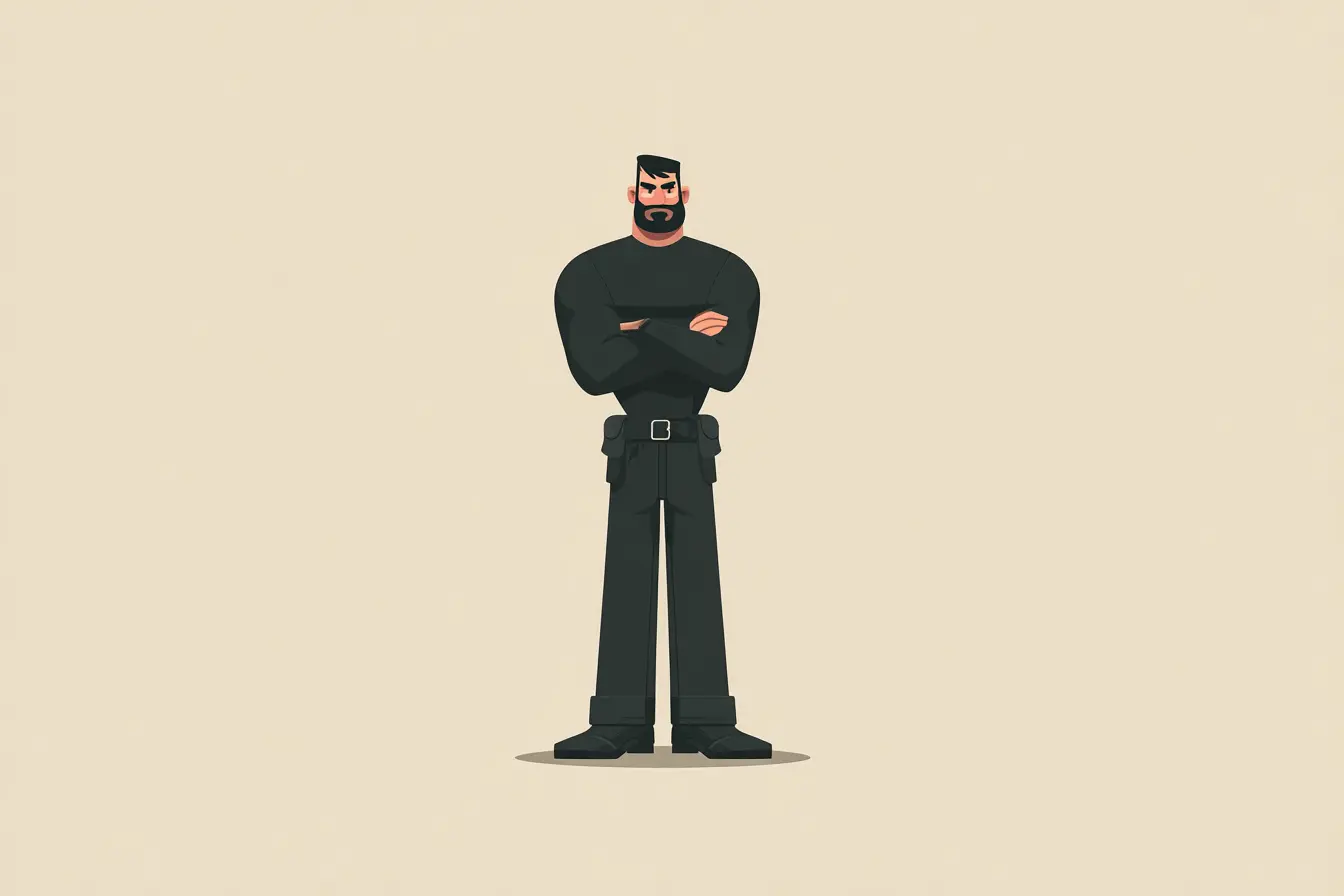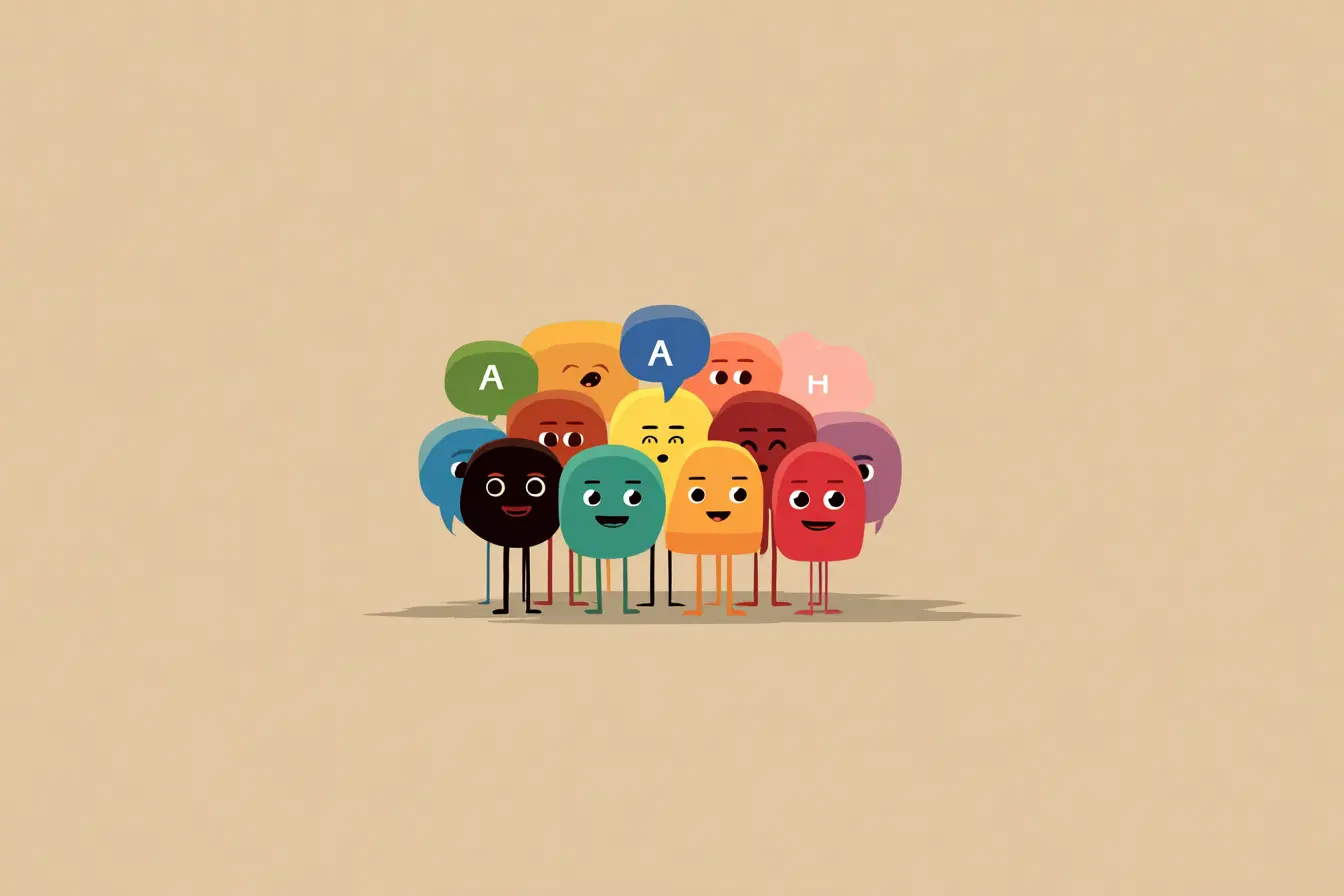So it’s midday or early evening, and you want to greet someone in Spanish, but you’re not sure what’s the right thing to say. You’ve probably nailed “hola” and maybe even “buenos días,” but when the sun’s no longer rising and it’s not quite dark yet, what’s the move?
Simple: “Good afternoon” in Spanish is "buenas tardes".
Yep, that’s it. Just two words, friendly, easy to pronounce, and very commonly used.
But hey, let’s not stop there. Let’s make sure you know exactly when, where, and how to use it like a native speaker would, because Spanish greetings have a little more rhythm than just memorizing translations.
When to Use “Buenas tardes”
“Buenas tardes” is used from around noon (12:00 p.m.) until sunset, depending on the country and how relaxed people are about time.
- At 12:15 p.m. when you walk into a café? ✅ “Buenas tardes”.
- At 3:00 p.m. when you’re calling a client? ✅ “Buenas tardes”.
- At 6:00 p.m. in Spain, with the sun still up? ✅ Still counts.
It’s a polite, safe, and versatile way to greet someone in person, over the phone, or even in an email.
How to Say It Naturally (With Real-Life Flavor)
You don’t need to sound like Google Translate. Here’s how people actually say it in daily life:
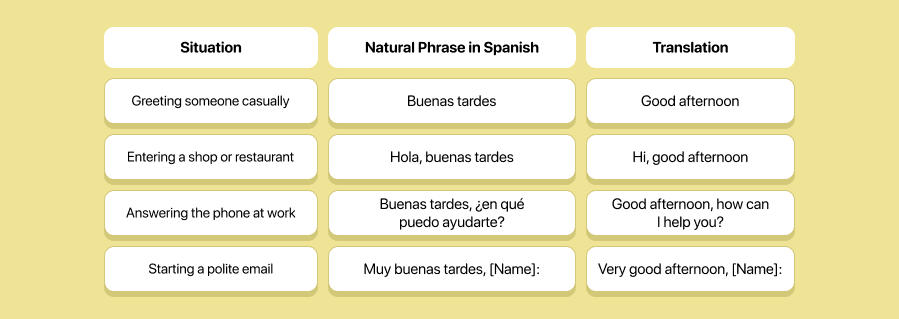
⚠️ Pro tip: It’s buenas, not buenos. Why? Because “tardes” (afternoons) is feminine in Spanish.
What About “Good Day” in Spanish?
You might be wondering, if “good day” is a thing in English, can you just say “buen día” in Spanish? Well… yes and no.
The phrase “buen día” does exist, and it literally means “good day”. But here’s the difference:
In most Spanish-speaking countries, people don’t commonly use “buen día” as a greeting. Instead, Spanish has a set of standard greetings that change depending on the time of day, just like in English:
- Buenos días — good morning
- Buenas tardes — good afternoon
- Buenas noches — good evening / good night
They’re all plural, which might seem unusual at first, but it’s just part of the standard structure in Spanish greetings. You're not literally wishing someone "multiple mornings", it's just how the phrases have evolved, similar to saying “good morning” in English, whether it’s 7 a.m. or 11:59.
🎯 Bonus: Other Greetings in Spanish You Should Know
Because let’s be real, “buenas tardes” is just one piece of the puzzle. Want to greet like a pro? Try these too:
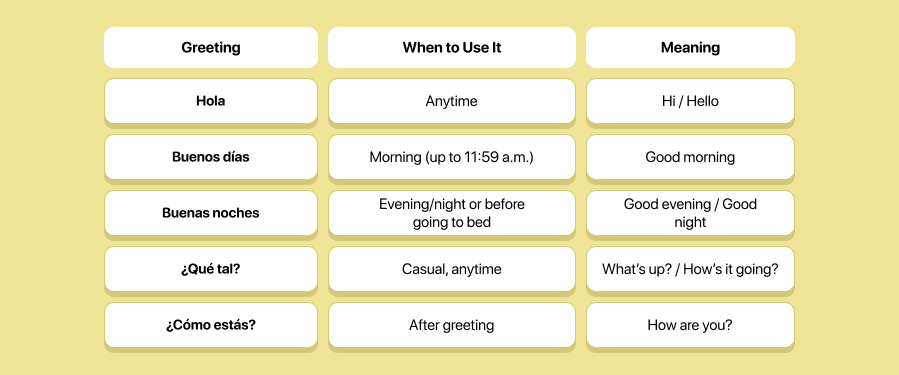
You don’t need to memorize them all at once — but it’s good to have options!
Using greetings in Spanish isn’t just about getting the words right, it’s about connecting. A well-timed “buenas tardes” with a smile can go a long way.
FAQ
How to say good morning in Spanish?
Easy: “Buenos días”. It literally means “good days,” but it's used just like “good morning” in English. Use it until around noon.
How to say “hi” in Spanish?
Just say “Hola” (oh-lah). Simple, casual, and works in any situation. You can combine it with a time-based greeting too: “Hola, buenos días” or “Hola, buenas tardes”.
How to say “hello” in Spanish?
Same as above: “Hola” is your go-to word for “hello” in Spanish. It’s short, friendly, and universal.
